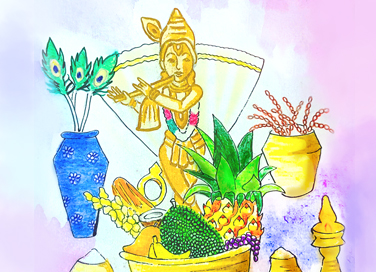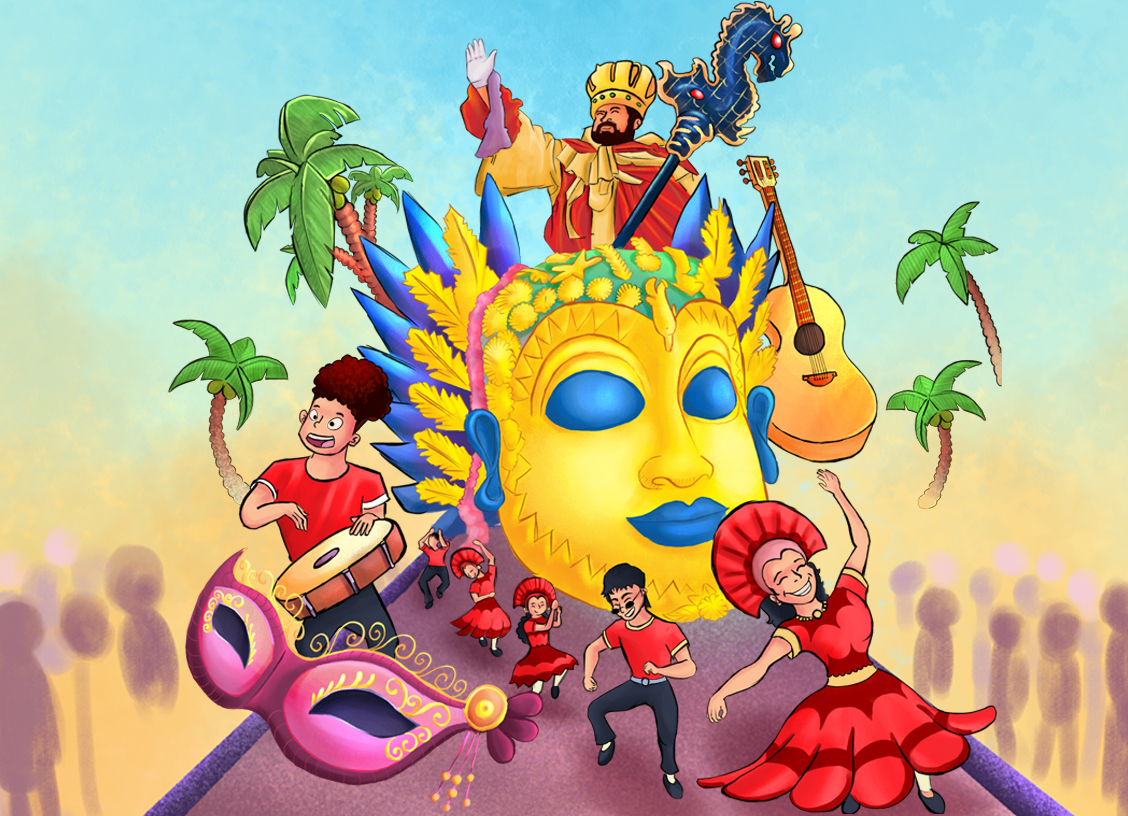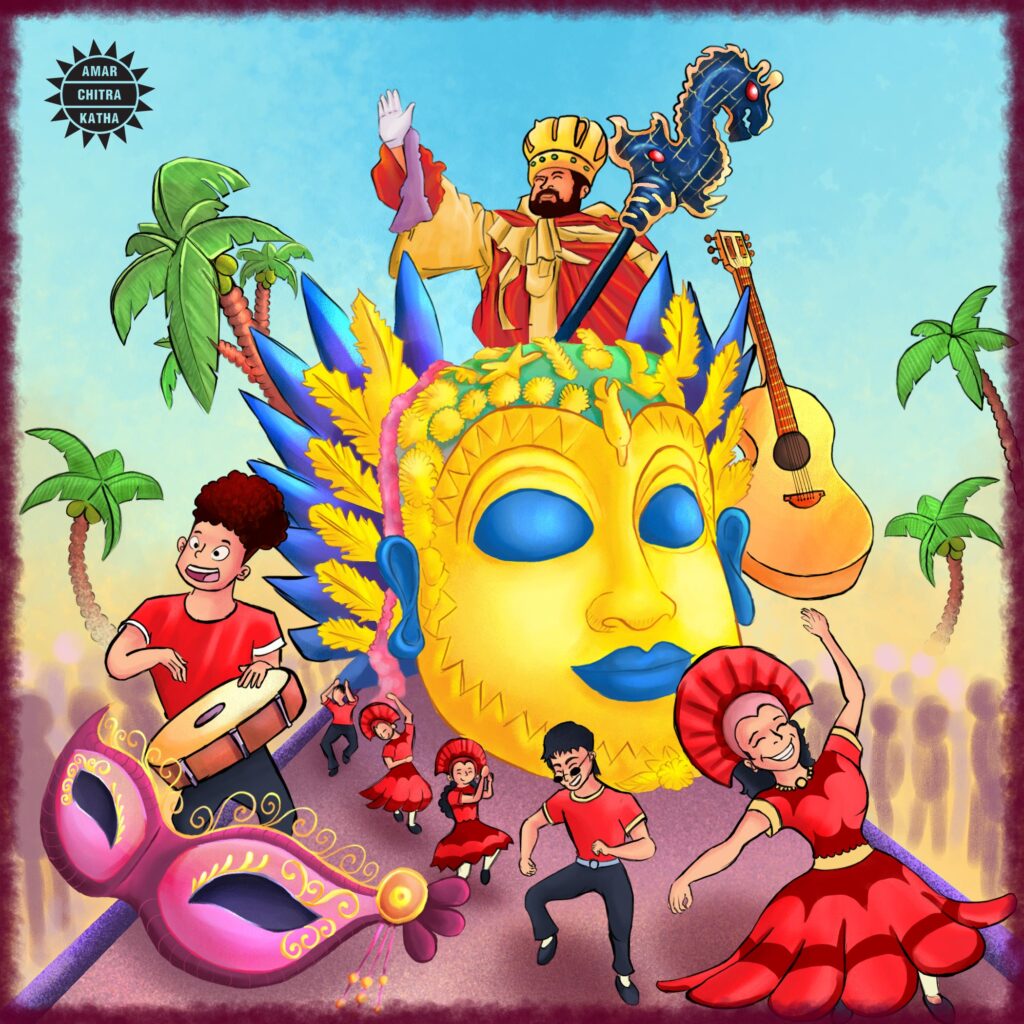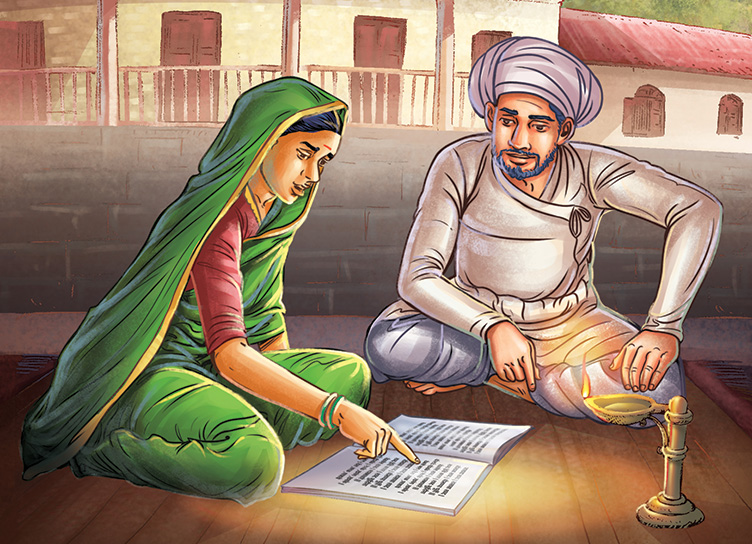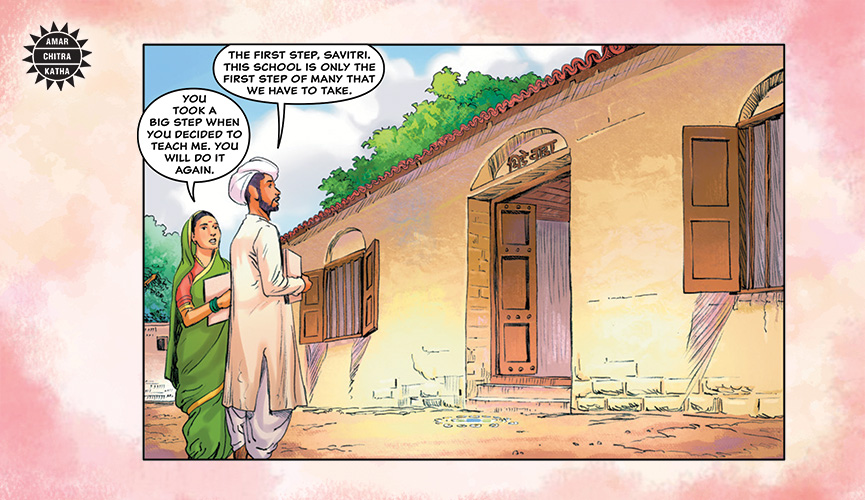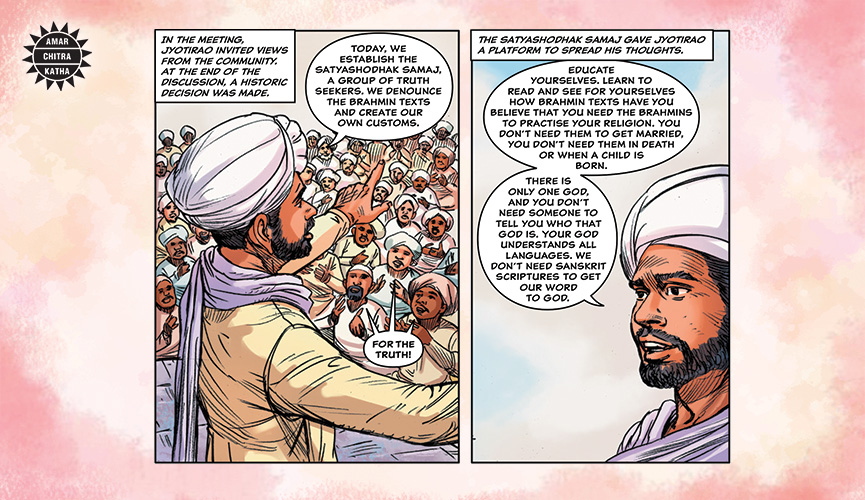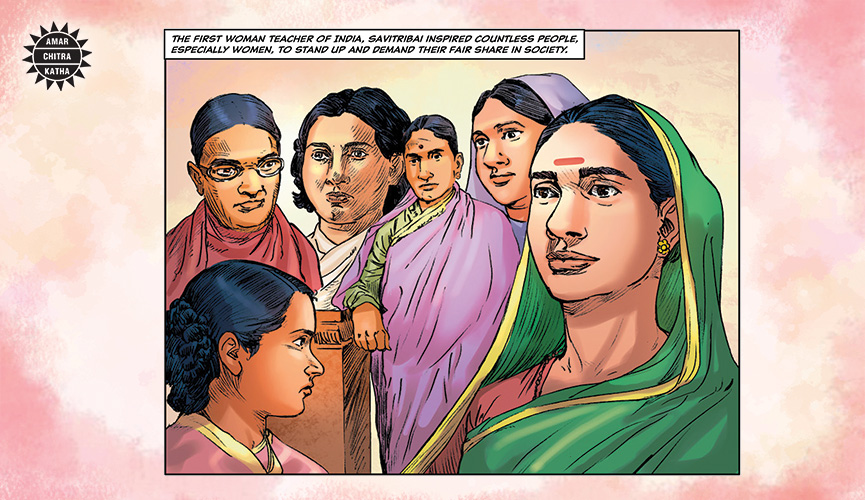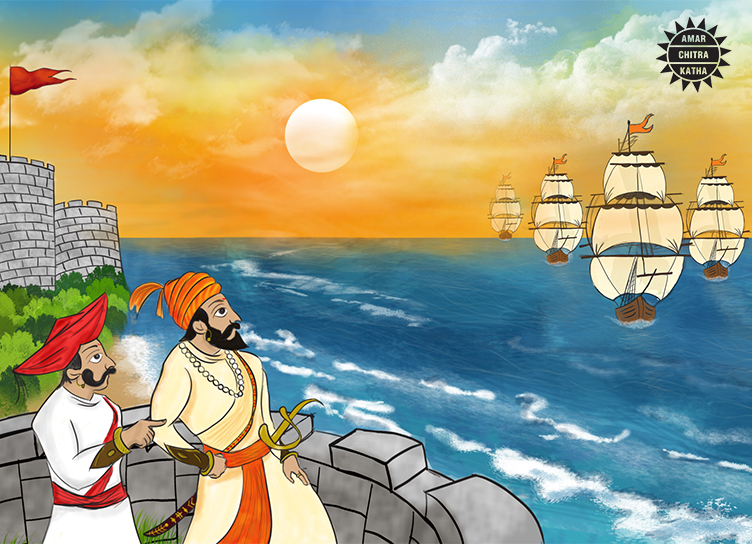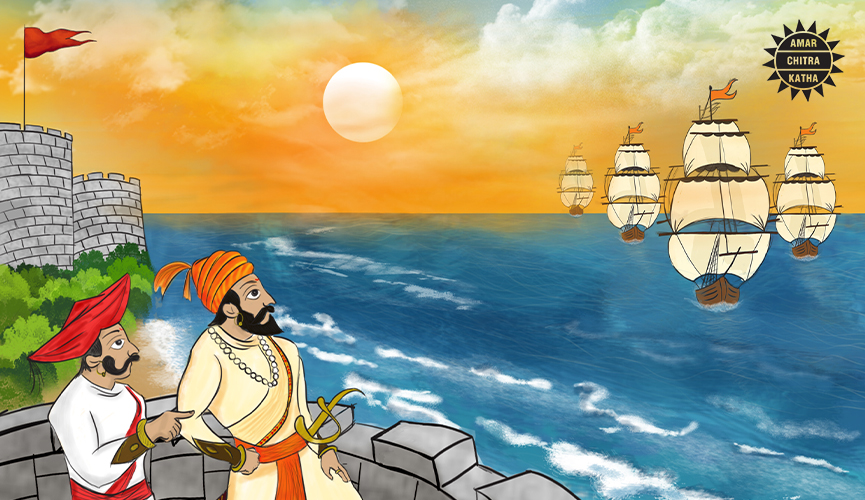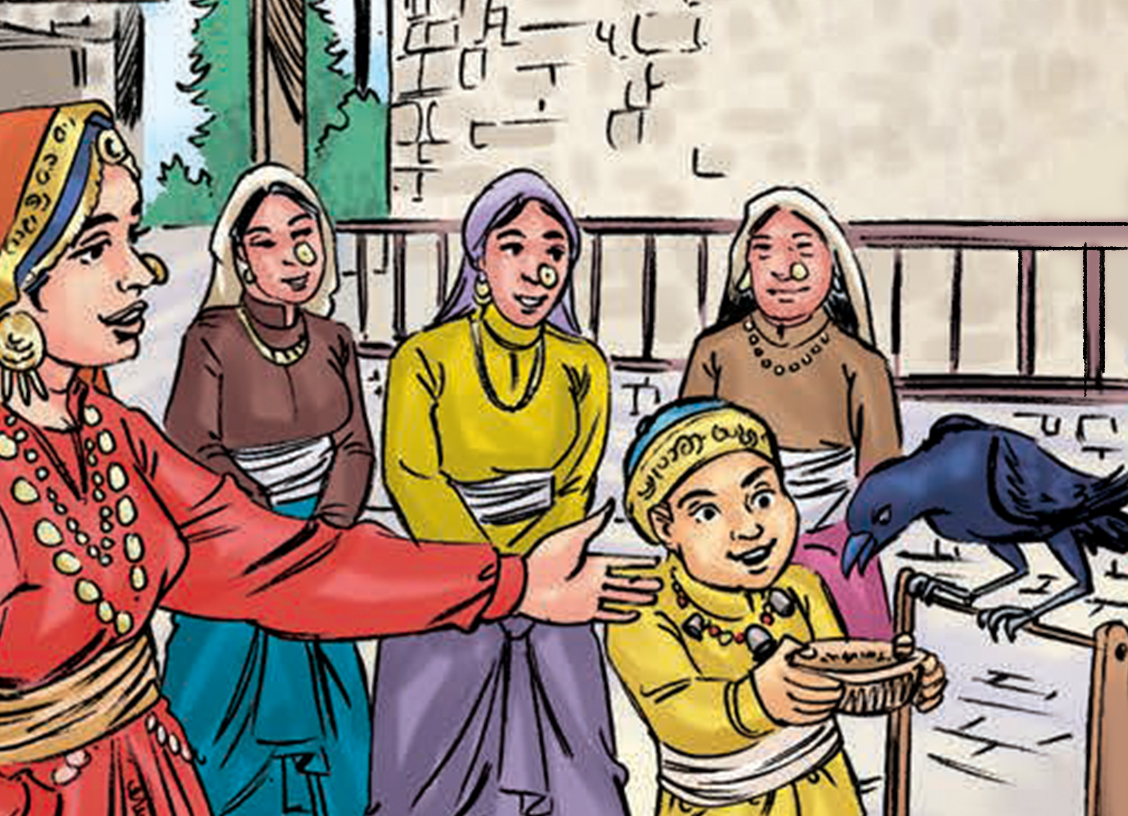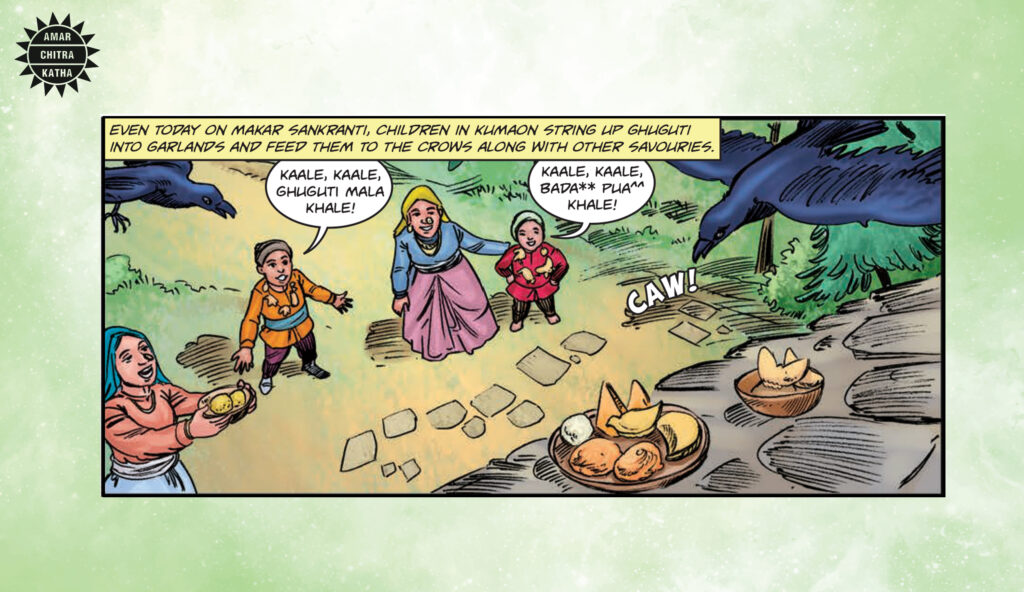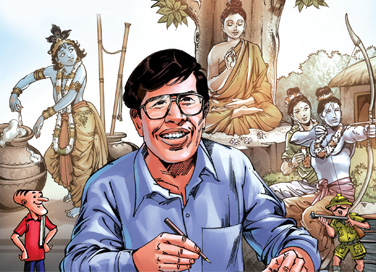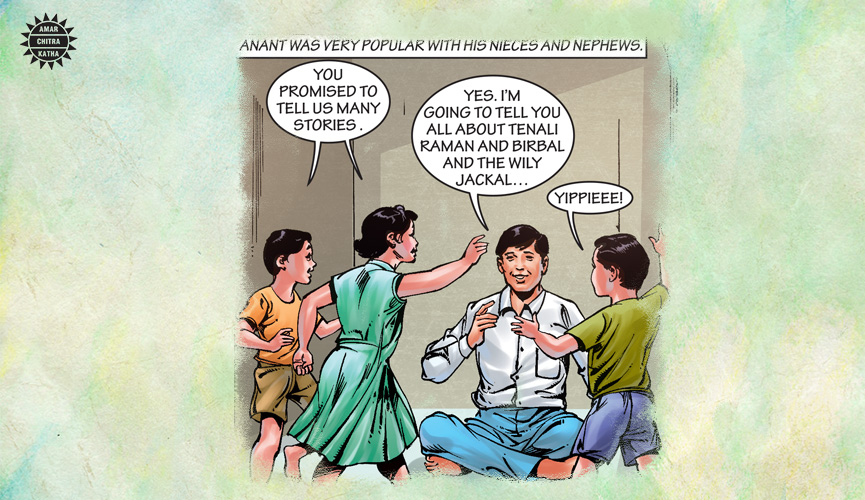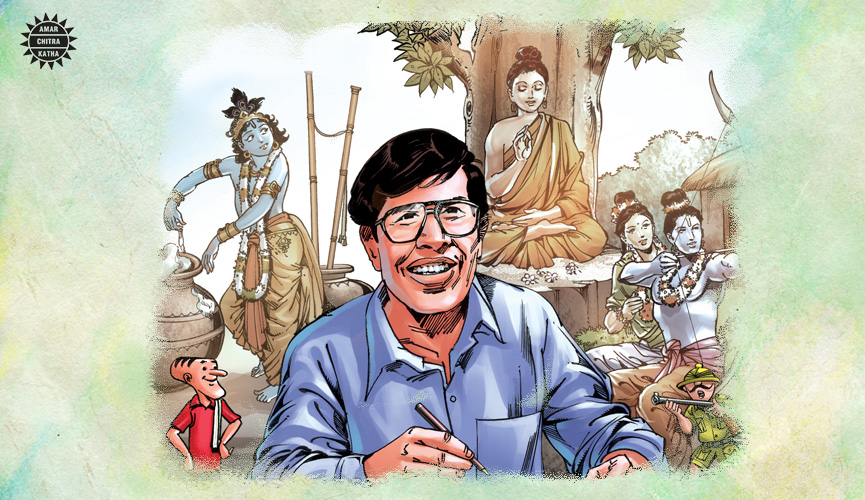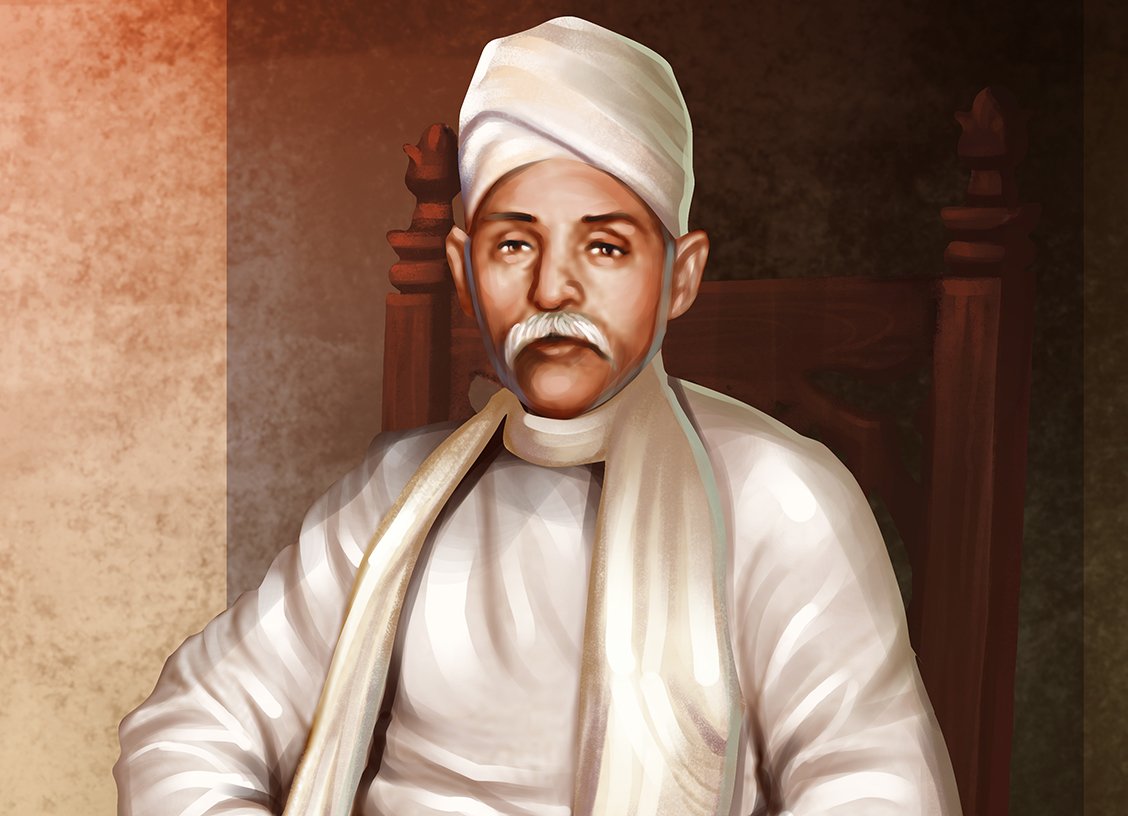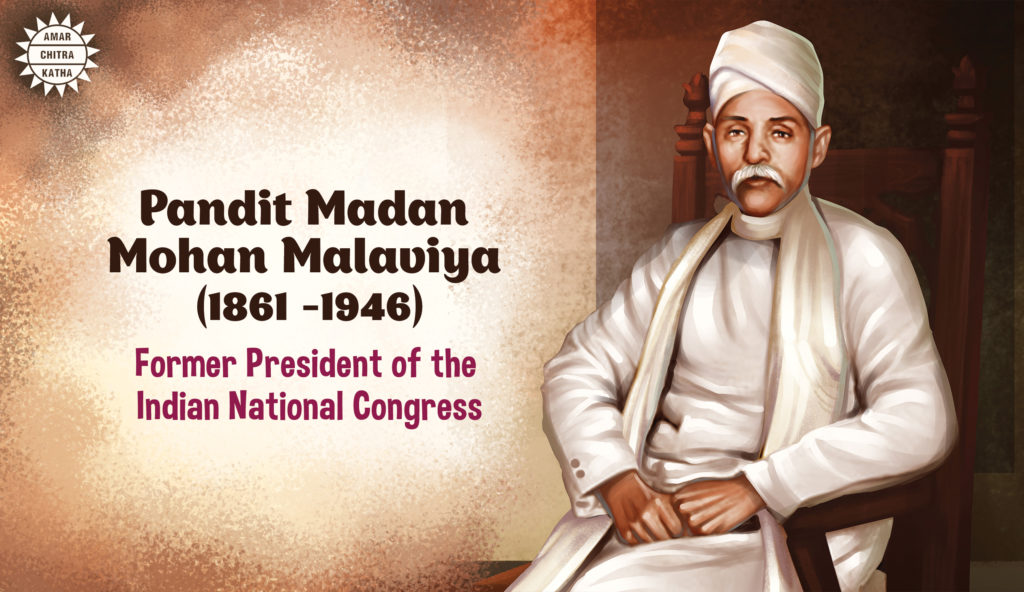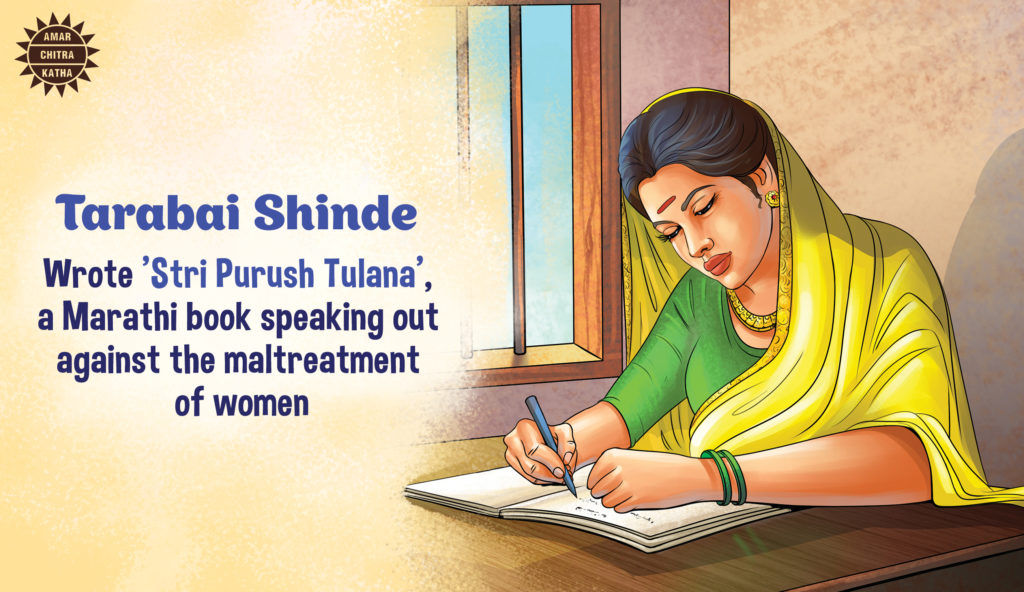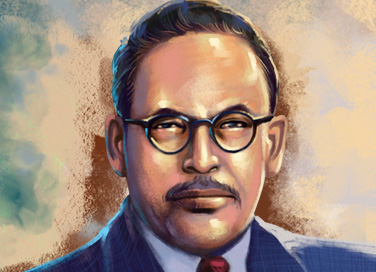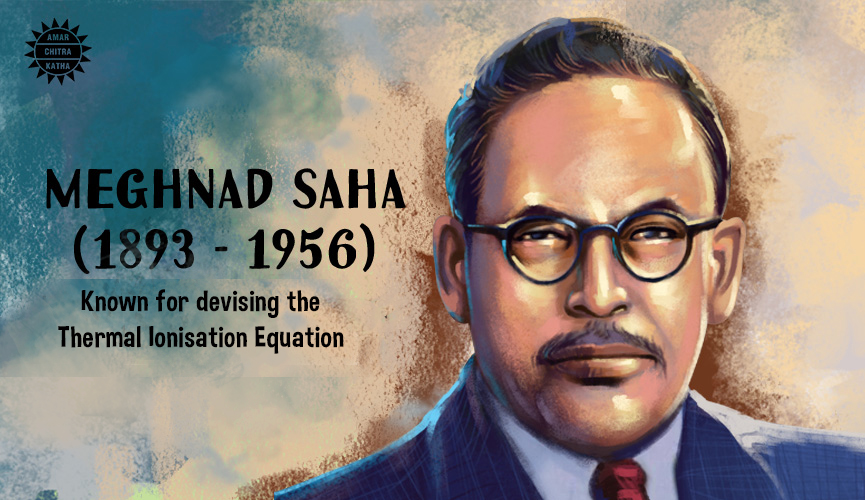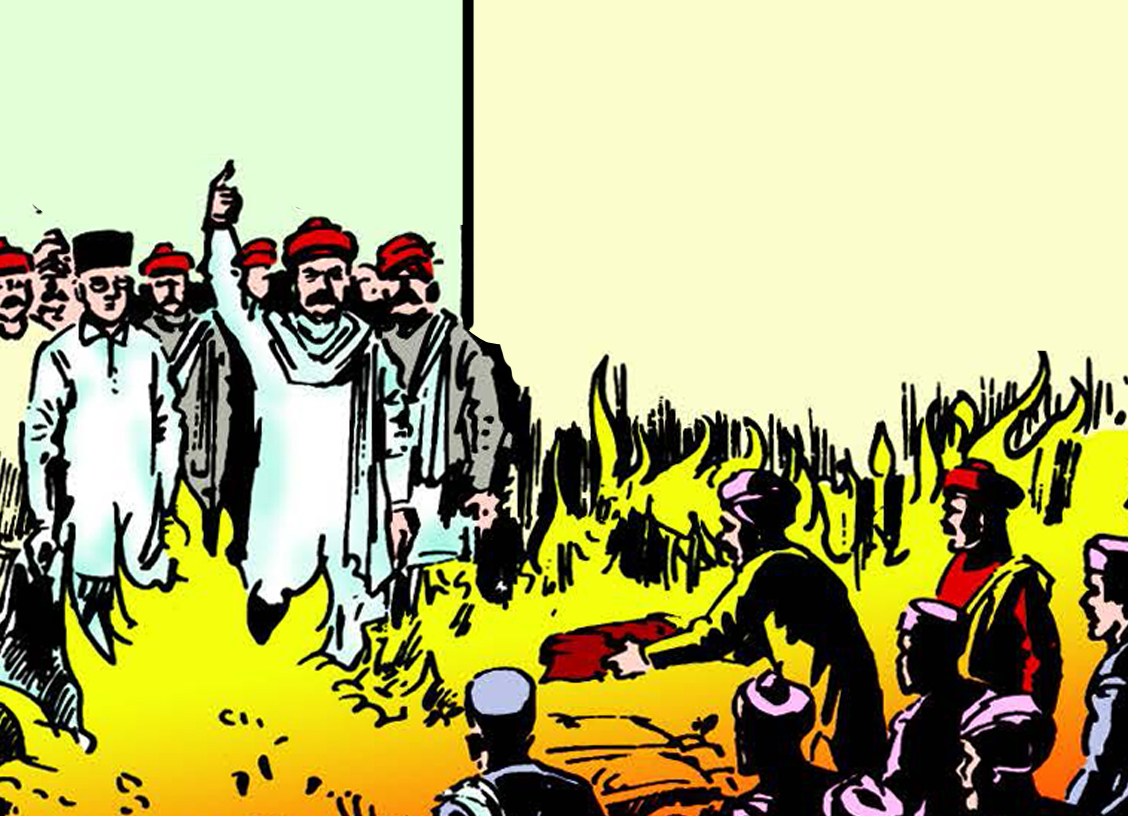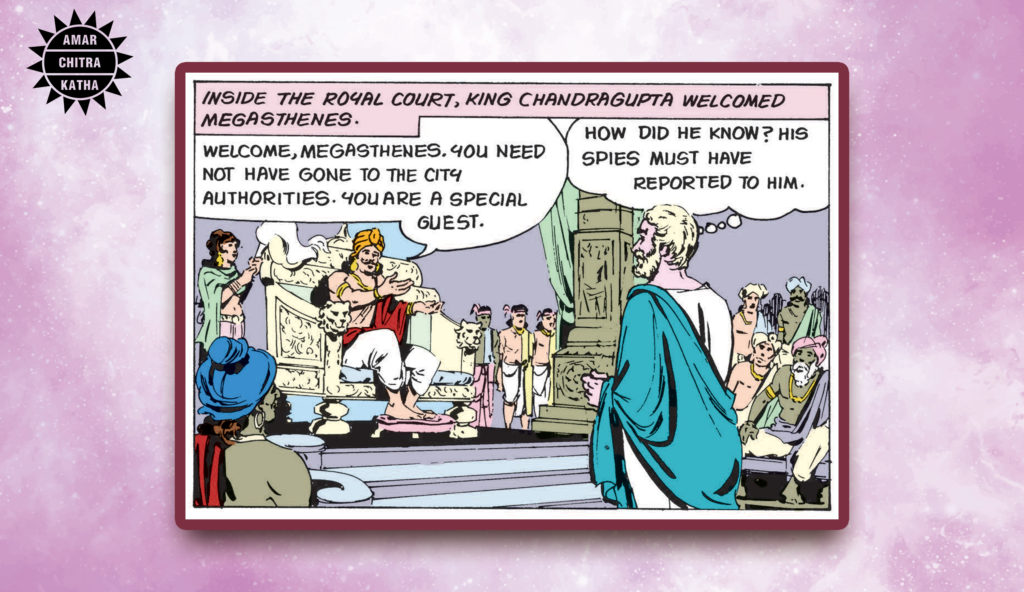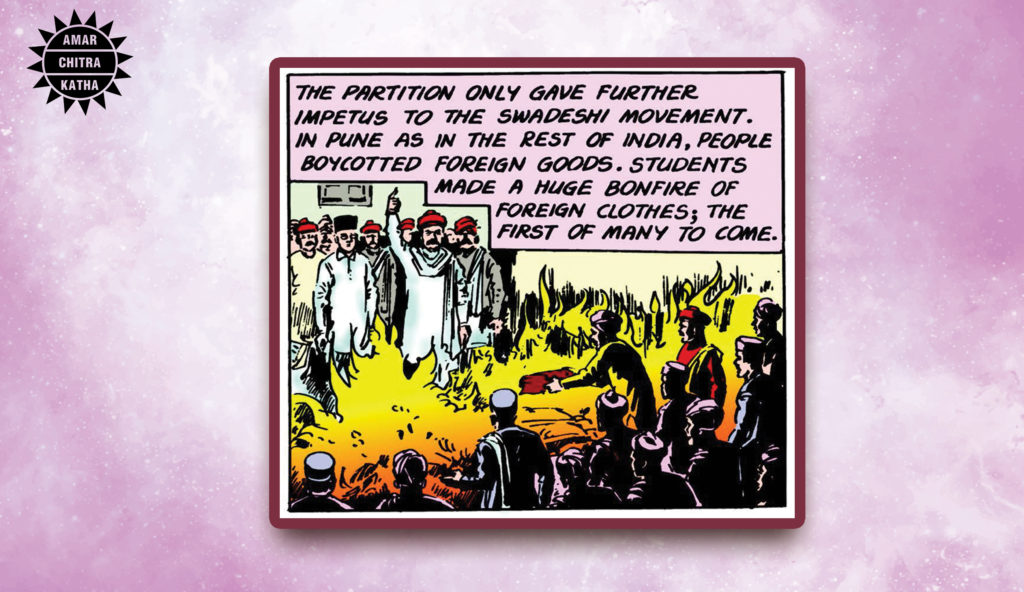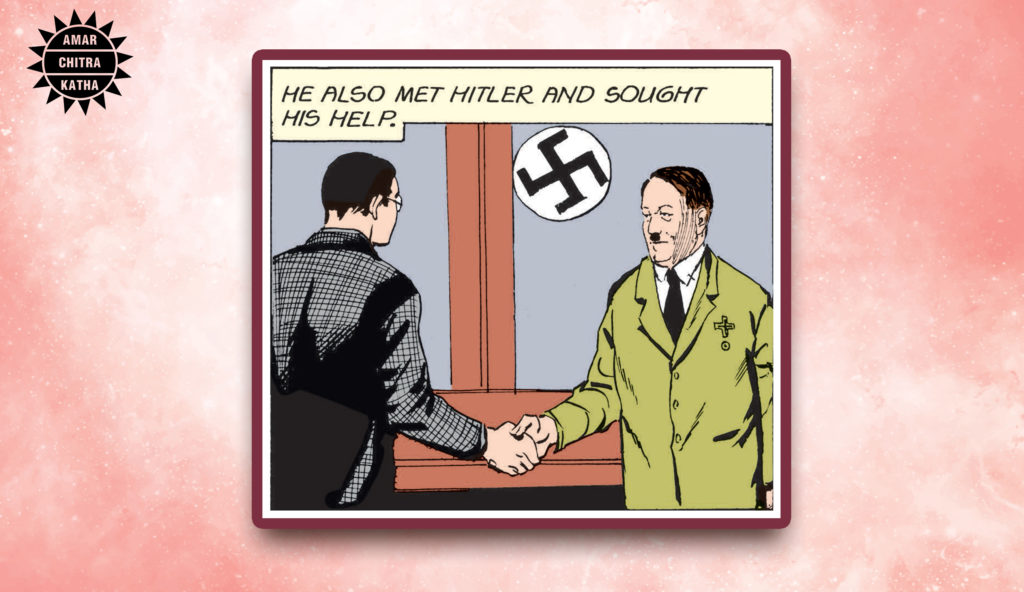By Adithya Ganapathy (Age -12)
It is the first day of Medam. Crops are about to be harvested, and then Vishu comes. Vishu, also known as the Malayali New Year, is a Hindu festival celebrated in Kerala.
It is believed that on this day, Lord Krishna killed Narakasura, a demon. It is also celebrated as the day that the Surya Dev (Sun) returned to rising in the east after the demise of King Ravana, who had prevented him from doing so.
Vishu is a day that marks the beginning of the new agricultural cycle for farmers in Kerala. Traditionally, Vishu is celebrated by decorating a table full of auspicious symbols. It starts with an Uruli (a round bowl used for cooking, especially seen in South India) kept in the middle in which people keep what they have or have grown on their farm/gardens, such as fruits, vegetables, some gold items, Kanikonna (a yellow flower), cash, and a mirror in front of Lord Krishna. They also light Nilavelakku (a traditional oil lamp from Kerala) as a symbol of prosperity and hope. These things are arranged the day before Vishu and covered with a piece of cloth.
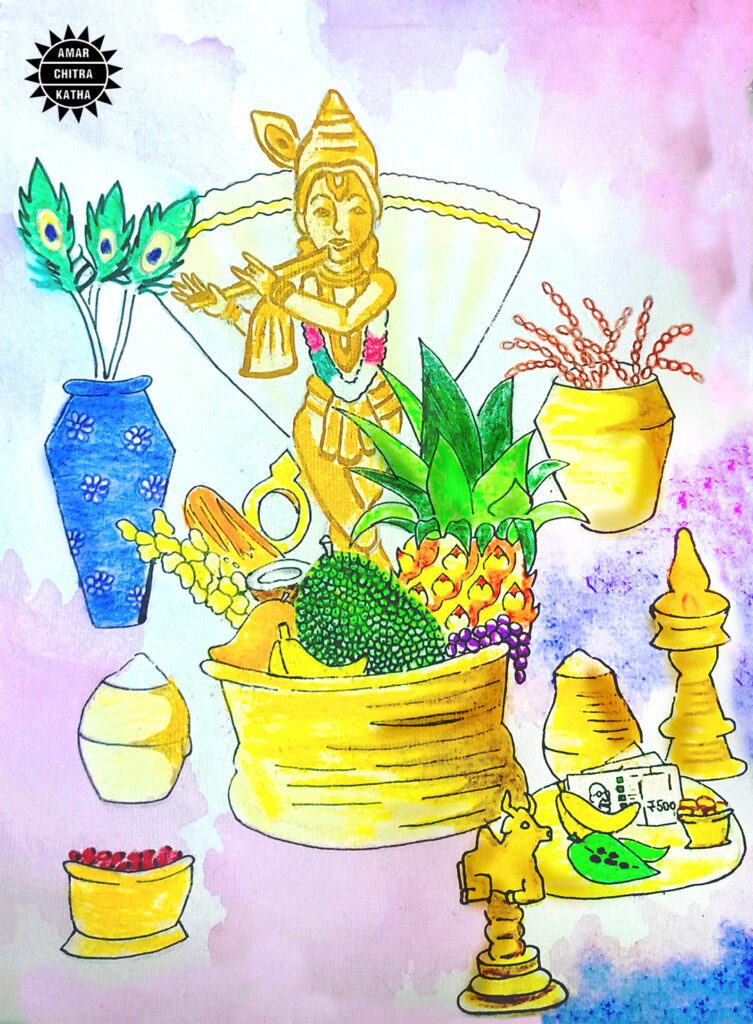
The most striking part are the yellow flowers that are seen especially during this time of the year – Konna. The ‘kanikonna’ (Indian laburnum, Cassia fistula) flower, also known as Vishu Kanikonna, is associated with Lord Krishna. Legend has it that a boy who was a devotee of Lord Krishna was helping with a pooja in a temple. While removing the dried flowers and cleaning the idol, he accidentally threw away Krishna’s golden waist chain (Aranjanam). Everyone in the temple scolded him and some even accused him of stealing the ornament. It is said that Lord Krishna brought back the golden waist chain himself, which was found among the beautiful yellow flowers, the kanikonna, in front of his idol. Krishna wanted the boy to know that his devotion and love meant more to him than gold.
On Vishu day, the eldest person in the family wakes up very early in the morning to open the cloth that covers the items and then lights the lamp. The others in the family are then woken from their beds and taken to see this set up, with their eyes closed all the way till they are right in front of the decorated Vishu Kani. This way, the Vishu Kani becomes the first thing that they will see when they get up.
On this day, people also wear new clothes to mark new beginnings. Vishu Kaineetam is also a fun tradition where the younger members of the family are given money and blessings from the older members. These moments are the most exciting for children, along with the Sadhya. Sadhya is the highlight of Vishu. Rice, sambar, olan, avial, kootukari, paayasam, kichadi, and pachadi , crunchy paapad are served on a green banana leaf. We also have sweet payasam for dessert! Everybody sits together and enjoys the meal and wishes each other a good new year ahead. This is how Vishu is celebrated in Kerala.
Learn more about Indian culture and history, only on the ACK Comics app!




